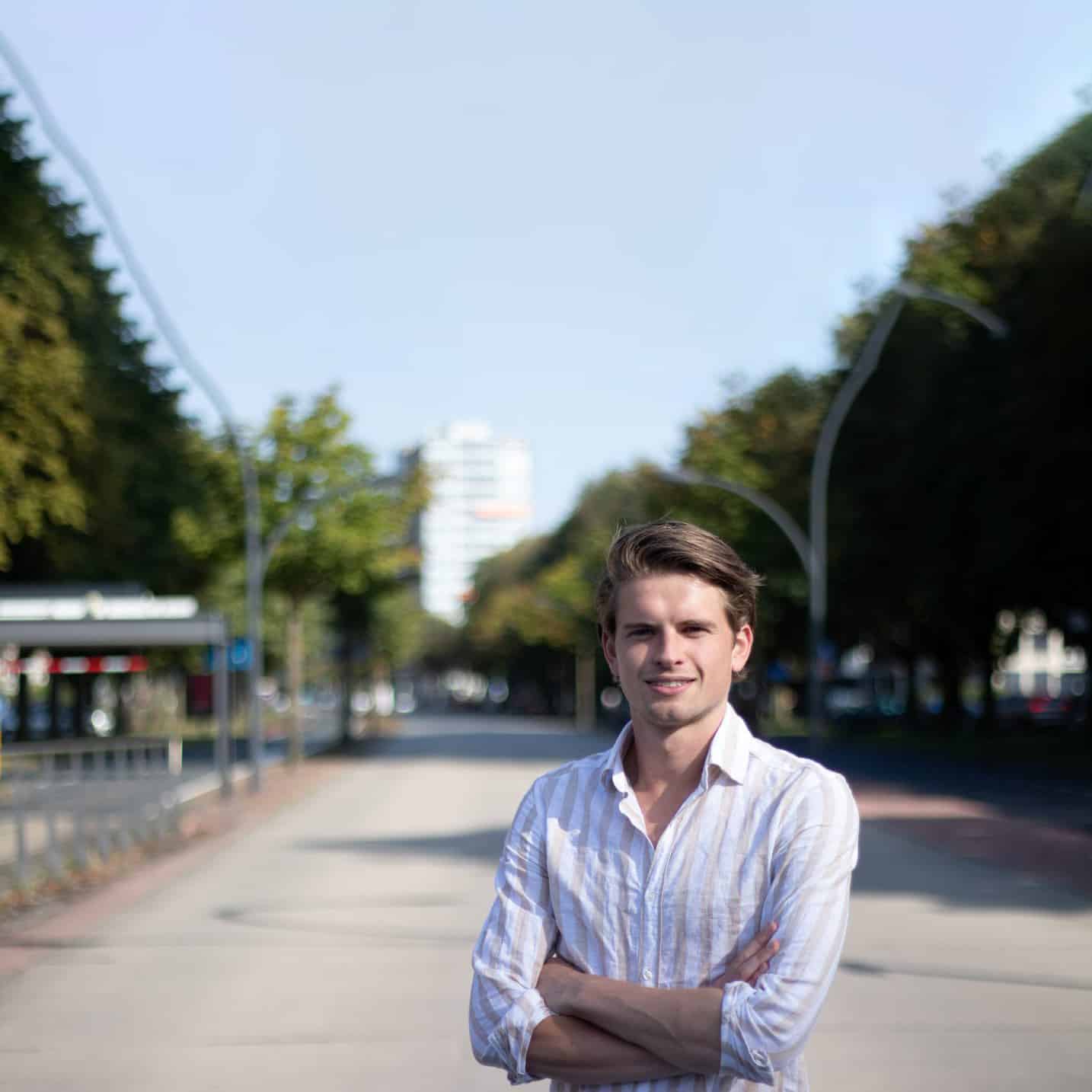Message from the Editors
A reality that exists in our minds – different from the external physical world – was first described by Immanuel Kant almost 250 years ago. Today, the concept is still used to describe a world that is not tangible, but that our mind can clearly perceive.
Various ways exist to digitally manipulate a person’s perception of reality. The easiest by adding elements to the existing world, a technique that is called Augmented Reality (AR). An example of this is a tour of a shopfloor, where information is projected directly onto the machines and shows information about efficiencies or (upcoming) maintenance work. By completely substituting the reality of the user with a digitally generated one, Virtual Reality (VR) is created.

Recently, the potential of AR and VR has been discovered by the manufacturing sector. But the full potential has not been reached or implemented so far. In the new age of manufacturing, businesses and industries have had to re-evaluate safety and efficient production and methods of service, ranging from utilising online video conferences to shutting down physical operations entirely. Technologies such as remote working solutions have never been more important, but alternate, advanced technologies such as Augmented Reality and Virtual Reality are seeing expanded opportunities as well.
For Kant, virtual reality was something that only existed in our minds, but nowadays virtual realities have practical applications that forwardthinking manufacturers are already taking advantage of and make the invisible visible. As described by Morpheus in The Matrix: “You take the blue pill…the story ends, you wake up in your bed and believe whatever you want to believe. You take the red pill…you stay in Wonderland, and I show you how deep the rabbit hole goes.” So perhaps its time for manufacturers to escape from their world of ignorance and confined comfort and take their red pill to awaken from illusions and see the hidden potential within the organisation.

Research Engineer
Fraunhofer Project Center at the University of Twente